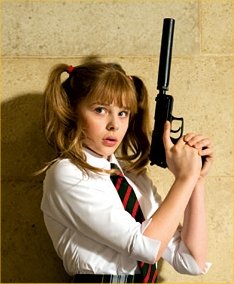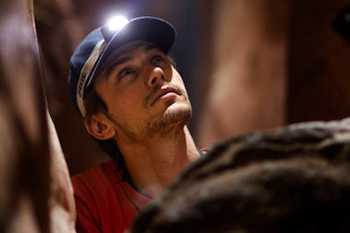With every set of Oscar nominations comes a set of even more ridiculous snubs. Even with another year of ten best picture nominations, there were still plenty of egregious snubs to go around.
On this day, the day the Oscar nominations are announced, I would like to recognize not those were selected, but those who strangely missed the mark. Not everyone can make the cut, but these people and films certainly deserved to:
Andrew Garfield (The Social Network)
This one seemed like a sure thing. The man who is destined to be Spider-Man broke out this year and brought the pathos to “The Social Network.” With Zuckerberg being mainly emotionally cold, Garfield made Eduardo a character impossible not to connect with. Every emotion he injects into the film, he also injects into the audience. Then when his character turns from nice to angry in the film’s dramatic climax, the transformation is so believable that it makes the already devastating conclusion even worse. “The Social Network” might’ve been about Mark Zuckerberg, but it’s hard to believe there ever would’ve been a great story without Eduardo Saverin and Garfield’s performance.

Chloe Moretz (Kick-Ass)
There should have been room for two teenage actresses who could use a weapon in this year’s Oscars. So many have praised Hailee Steinfeld, but forget the almost similar performance given by Chloe Moretz as Hit-Girl in “Kick-Ass.” She managed to act lightyears more mature than her superiors while always maintaing child-like innocence. She showed off the kind of creepy excitement a typical tween might have over Robert Pattinson while slicing off limbs and dropping the c-bomb. Fourteen-year-olds don’t typically steal the show in a film, but Moretz did enough so that it was at times hard to remember that the movie is called “Kick-Ass” and not “Hit-Girl.”

Christopher Nolan (Inception)
Seriously, what does Christopher Nolan have to do to get a Best Director nomination? Is turning a confusing, mind-f***ing idea into both a work of art and a $300 million grossing summer blockbuster not enough? How about changing the rules of physics? Or how about returning blockbusters to their original state in which they began in the 1970s? The Best Screenplay nomination for “Inception” can be disputed, but few would argue if Nolan finally got his long deserved Best Director nod.

Leonardo DiCaprio (Shutter Island)
To this day, people have trouble taking DiCaprio’s performances seriously. The common excuse is his youthful looks make it hard for him to seem mature. If anyone still argues this, they obviously haven’t watched “Shutter Island” yet. DiCaprio went from good actor with some talent to great actor with soul. He was so smoothly able to handle the massive transformation of his character without loosing the ambiguity. Then there is the way he delivers that final line, “which would be worse, to live as a monster or to die as a good man” which is delivered in a way that is so heartbreaking that it could almost produce tears. With maybe a few more films, DiCaprio can truly become Scorsese’s new De Niro.

Danny Boyle (127 Hours)
Over directing usually isn’t an admiral trait in a director. Unless of course your name is Danny Boyle. Boyle made a story about one man in one location epic enough to be engaging for its entire running time. He injects every frame of this film with so much life. Everything from a drop of water to the desert sand seem to be living, breathing, interacting characters. That’s how you make a movie about a man stuck in a hole. Boyle, like a great director, realizes this essential fact: a good film is about what it’s about; a great film is about how it’s about.










